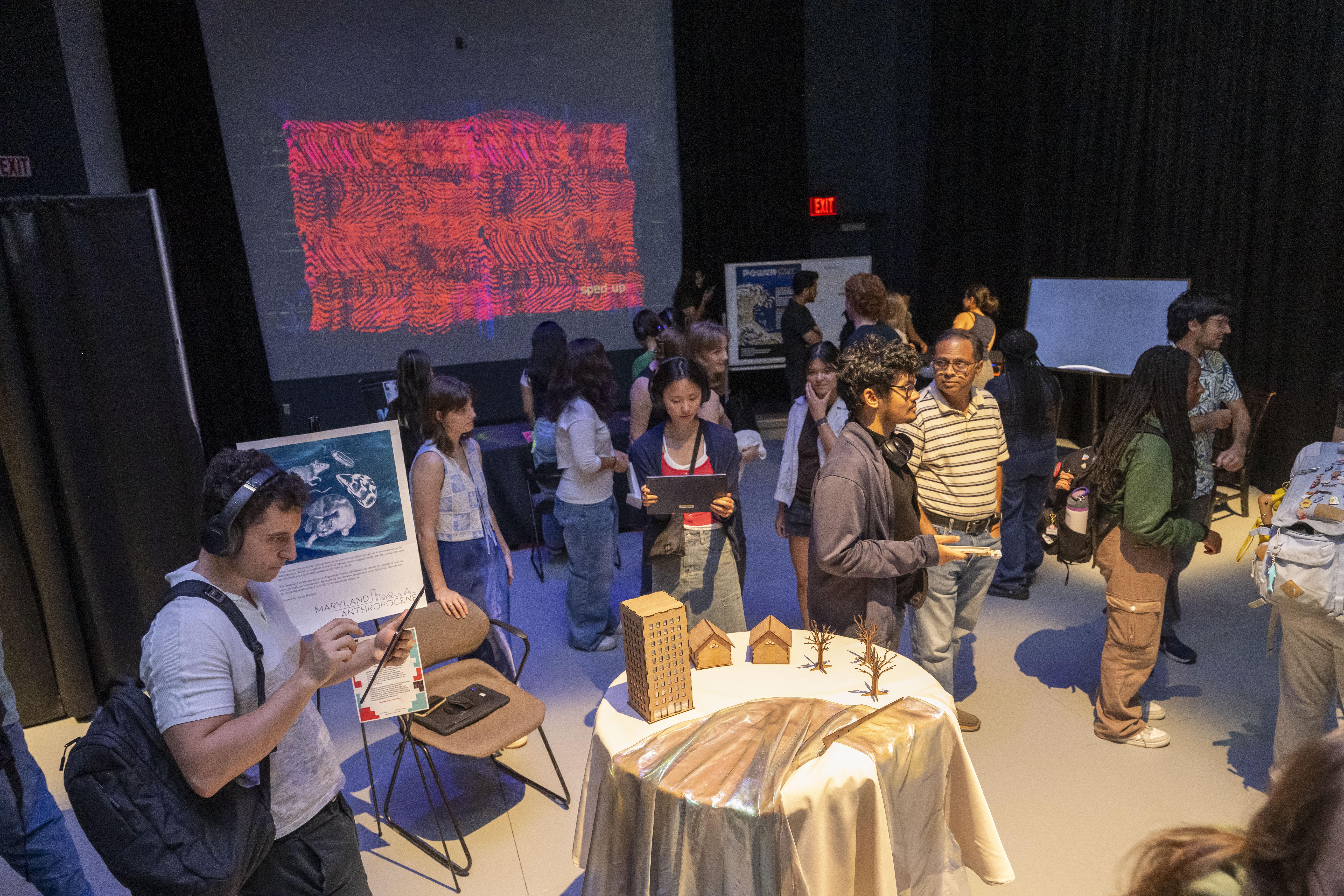
This fall, the Clarice Smith Performing Arts Center once again transformed the Clarice Smith Performing Arts Center, and other nooks of campus, into an energetic hub of artistic celebration and collaboration with its annual NextNOW Fest. A beloved tradition of the UMD arts scene started in 2015, the multi-day festival brought together a mix of performances, exhibitions, and immersive experiences created by both local artists and UMD’s own creative community. As part of the university’s Arts for All initiative—which unites the power of the arts, technology, and social justice—NextNOW Fest continues to be a space where bold ideas and diverse voices converge to imagine new futures.
Among the festival's highlights was a showcase from our summer program, the New Works Incubator. Over the course of two afternoons in the IMD Lab at The Brendan Iribe Center, and two evenings at The Clarice, audiences interacted with immersive media projects that explored the boundaries of storytelling, interaction, and visual/audio experiences. These works, developed over a nine-week summer incubator, offered a glimpse into the next generation of creative technologists and artists shaping the future of media.
Below are some of may of wonderful artists who presented over the course of the three days:
Urvi Ashturkar and Sohayainder Kaur - PowerCut
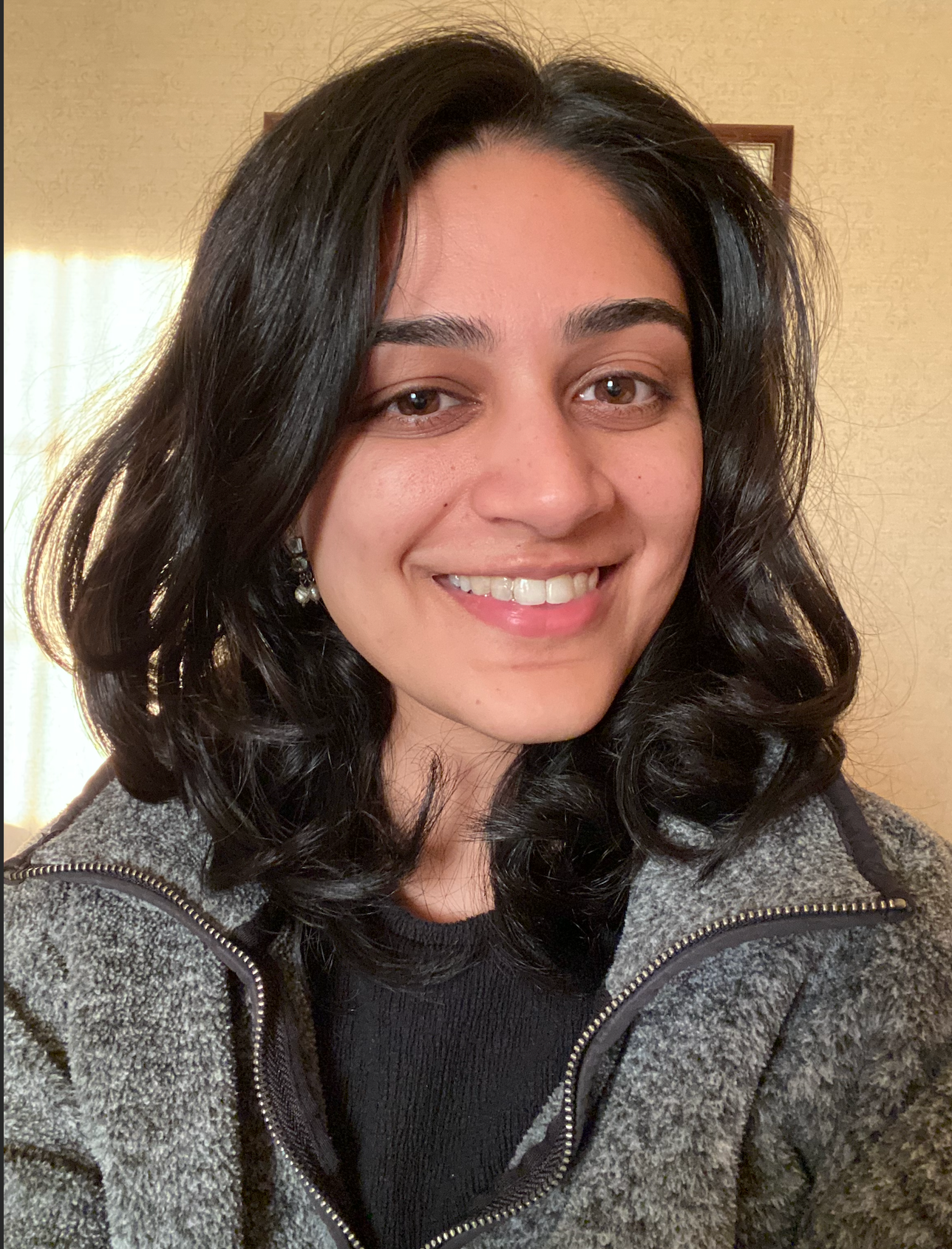
Why did you make this?
We made PowerCut to make the hidden carbon footprint of ordinary Internet use visible and memorable. We wanted to show people their environmental impact in a fun way, without inducing guilt or hopelessness, yet have them remember and potentially make small changes in their everyday habits to help offset the cost.
Are there any details you’d like to highlight for readers?
After you play the VR game, you get a printed paper receipt with your "score" to take home with you. The receipt shows what Internet apps you "used" in the game with estimates of the associated carbon emissions. There are also suggestions for small lifestyle changes that could help the environment.
Olivia DiJulio - SoundStates
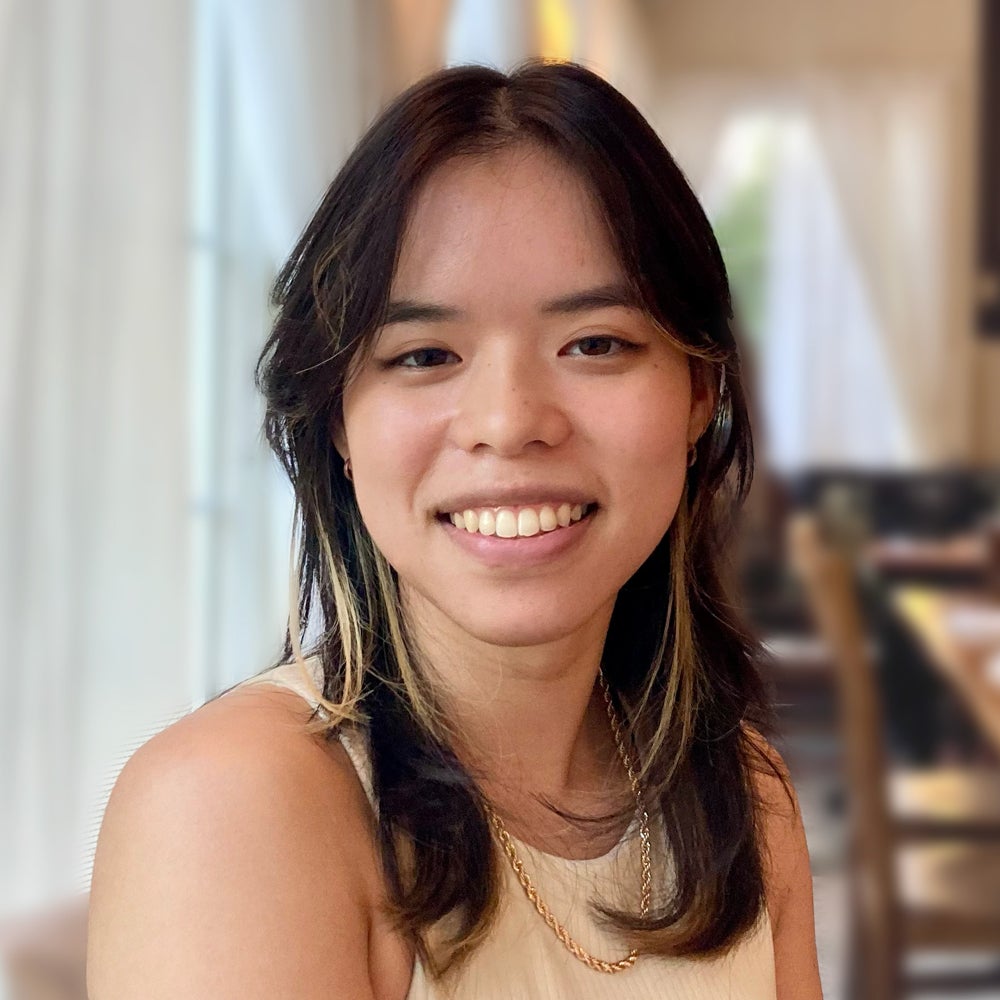
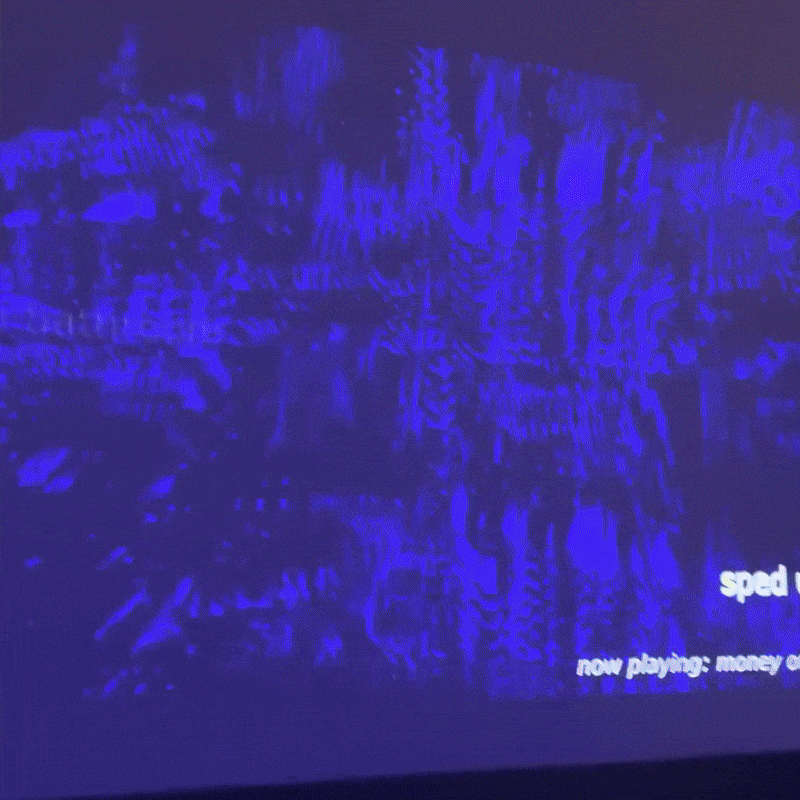
Why did you make this?
SoundStates originally emerged from a previous prototype that used a full MIDI controller connected to the TouchDesigner program. It actually had similar features to SoundStates, with users being able to control the audio, visuals, track selection, and looping. While the MIDI controller with physical inputs offered more options to simulate a DJ experience, I realized it would be too complex and intimidating for a general audience. From this framework, I wanted to develop a more accessible and streamlined experience.
I replaced the MIDI controller with a hand tracking system that uses webcam input. I initially had the camera facing forward, so that users would have their hands up and in front of them. However, this felt unnatural, so I repositioned the camera to point toward the table. I wanted my project to embody the tabletop DJ controller experience without requiring any prior knowledge of MIDI equipment. I hope that SoundStates serves as an engaging introduction to live music production and offers insight into the technical and artistic elements of concert performances.
How did you come up with this idea?
The idea for "SoundStates" stems from several childhood experiences. Growing up in the late 2000s, my family owned a Nintendo Wii, which introduced me to rhythm games with motion controls and peripherals like "Just Dance", "DDR", and "Guitar Hero". I would also mess around on GarageBand as a kid since it was a free program, and I would spend hours experimenting with all the effects and modulation. I wanted to capture the fun I had in my childhood with the excitement of DJ performances to explore real-time sound manipulation as an art installation.
I aimed to create an experience that combines immediate, game-like interaction with responsive audio and visuals. With an abstract and intense aesthetic, I wanted "SoundStates" to capture the immersive atmosphere of a Boiler Room rave. Having this displayed at Next Now Fest also elevated this point. Most notably, I chose to have players use headphones for a personalized and silent disco experience. For me, music is a physical sensation, and headphones created a perfect connection between the visuals, hand controls, and sound waves.
Kelsey Meis - Walking with Forrest
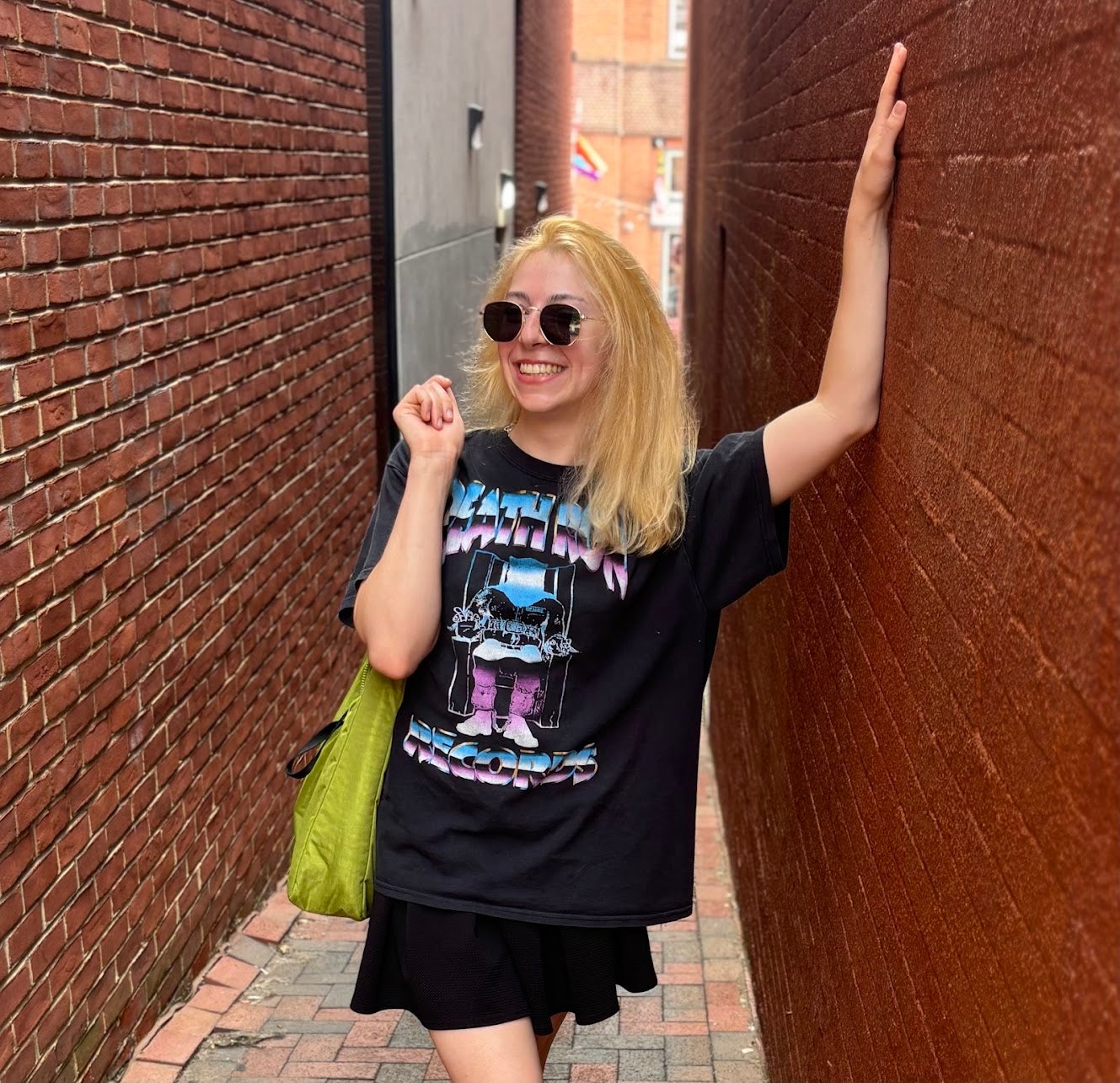
Why did you make this?
I wanted to create and test an unconventional game controller. I had the idea of setting up sensor mats on the ground, sort of like a dance stage for a Dance Dance Revolution arcade game. Once I picked the concept of a lantern needing to be held up to manipulate the scene, the project became more refined. I found that it was logical to make the visual effects involve just light and focus, as that is intuitively why someone adjusts the position of a torch in their hand—to see. The uniqueness of a physical lantern as a controller seemed to create a light (pun intended), fun, and curious atmosphere for visitors at the NextNOW Festival, which made me happy as the artist.
Are there any details you’d like to highlight for readers?
I want readers, those that consider themselves artists, writers, and craftsmen to be encouraged to dive deep into a unique and specific area of their project to show off—to pick a flower on the trail they are walking and say "this is the flower I want to watch bloom". I like and encourage art that DOESN'T try to do it all, but rather tries to do one thing, say a strong message, and facilitate a specific experience. This is what I have learned about my style as an artist, and what I find most memorable and impactful as a viewer.
Briyette Garcia - Life In Motion
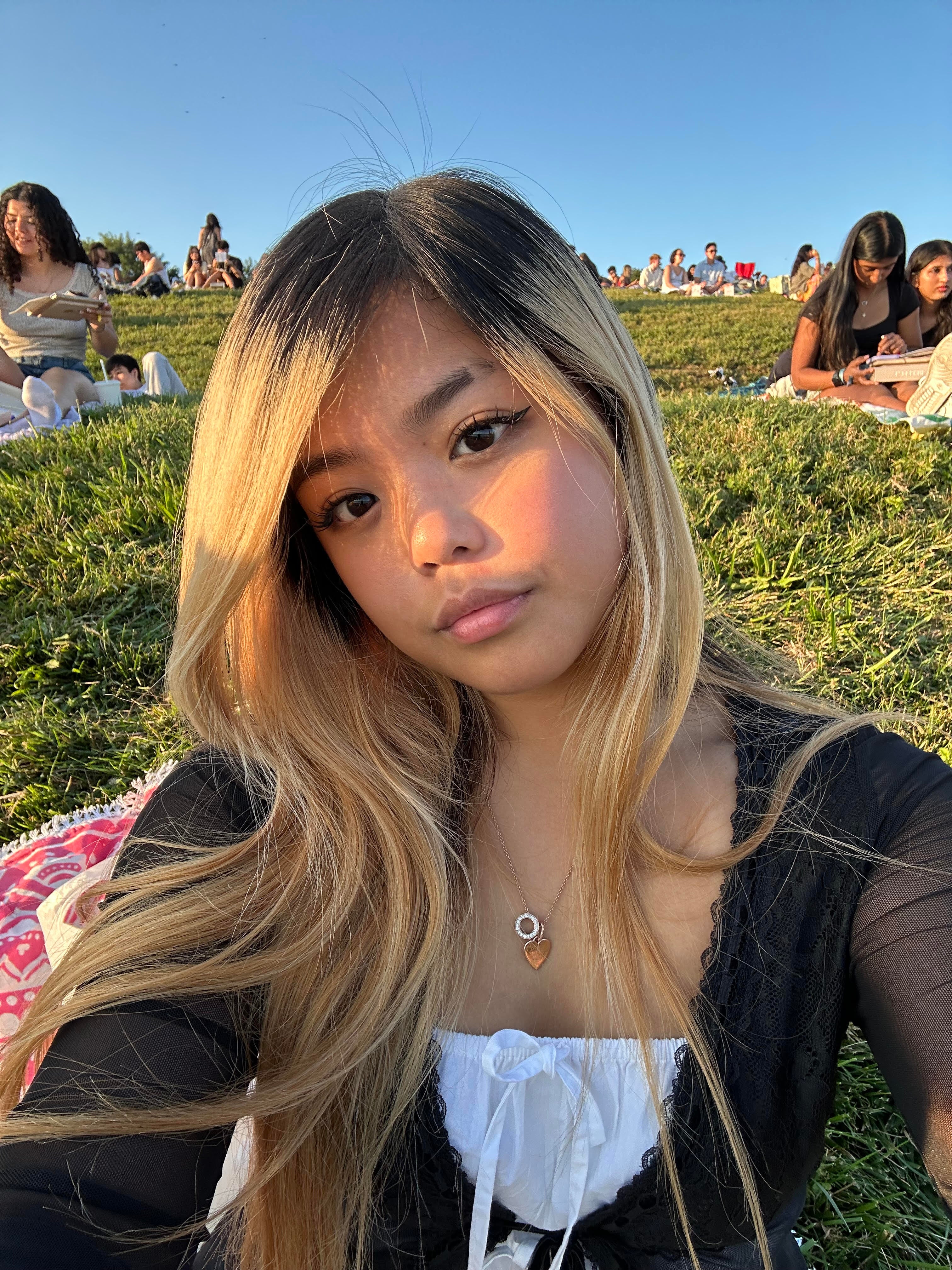
What did you want participants to takeaway?
I wanted participants to take away a new perspective on presence and being. Many were shocked to see themselves in different ways, while others felt at ease. There were a plethora of reactions and interpretations, which I was glad to see!
